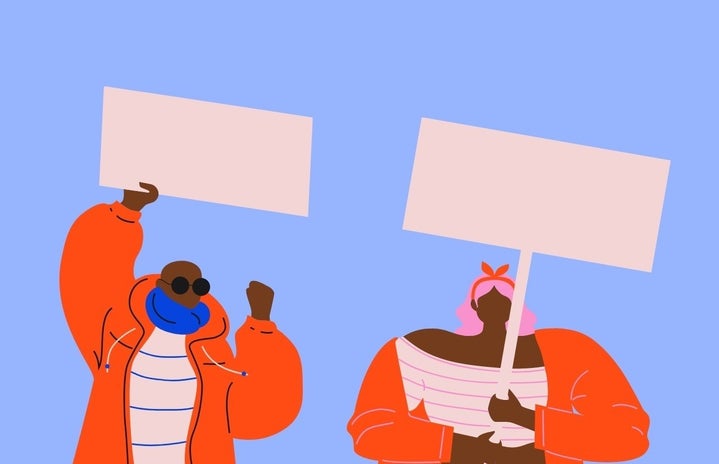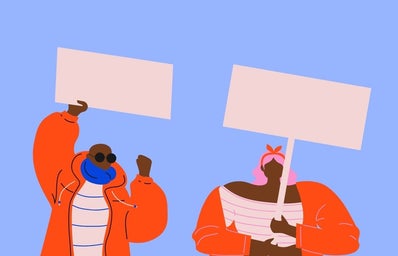Women in politics are ceaselessly breaking barriers. According to Reuters, the number of Black women running for Congress has been on a steady incline with record numbers in 2020. In this year’s election, 122 Black women filed to run for congressional seats, and 60 of them are still in the running to be nominees. That’s a massive change compared to 2012 when there were only 48 filings.
Black women running for public office shows that these candidates are set on changing the landscape of our government, however they continue to be underrepresented in the spaces where decisions are being made. According to a report by the Center for American Women and Politics, Black women make up roughly 8% of the population, but less than 5% are officeholders. Additionally, Black women voters had the highest participation rate of any group in both the 2008 and 2012 elections.
In an interview with Reuters, Pam Keith, who is running for Congress and is on the ballot in Florida’s Democratic primary said, “You don’t know what it looks like to have powerful Black women in Congress until you see powerful Black women in Congress.”
This year’s candidate pool indicates that voters are ready to disrupt the model of who is electable. If timing is everything, then current social, political, and economic circumstances shed some light on the significance of this movement — namely that the public health crisis has disproportionately impacted women of color, and the George Floyd protests have initiated widespread discussions about systemic racism. The importance of intersectionality in social justice movements is finally being recognized, and as a result, voices of historically marginalized groups in politics are being amplified.
Joyce Elliott, an Arkansas state senator, told Reuters that the November election is a “chance to change our history.” College students can participate in this change by showing up to vote at the local and state levels. One vote matters. Your vote matters. And together, our votes have the collective power to decide the future we want to see.



